The Technics brand has long been associated with very high audio quality. Stemming from their long and varied history in manufacturing hi-end audio products, this reputation has been carried over to today’s digital, hyper-connected era after the re-launch of the brand a few years ago. Panasonic’s hi-end brand recently got into the wireless headphones market with a few products, the Technics EAH-A800 being the highest-tiered among them. Still, the name alone isn’t a guarantee of success, as these headphones clearly demonstrate.
Disclaimer: a big “thank you” to my colleague Roberto for loaning me this unit. Additional info is available on Technics’ product page. The EAH-A800 retail for £299/€349.
TL;DR: recap
| Pros |
Cons |
| + Very comfortable
+ Effective noise cancelling + High-quality codecs |
– Bass is way too preponderant
– Low level of detail – Poor technicalities – No automatic power off |
Rating: 5/10
Packaging & Accessories
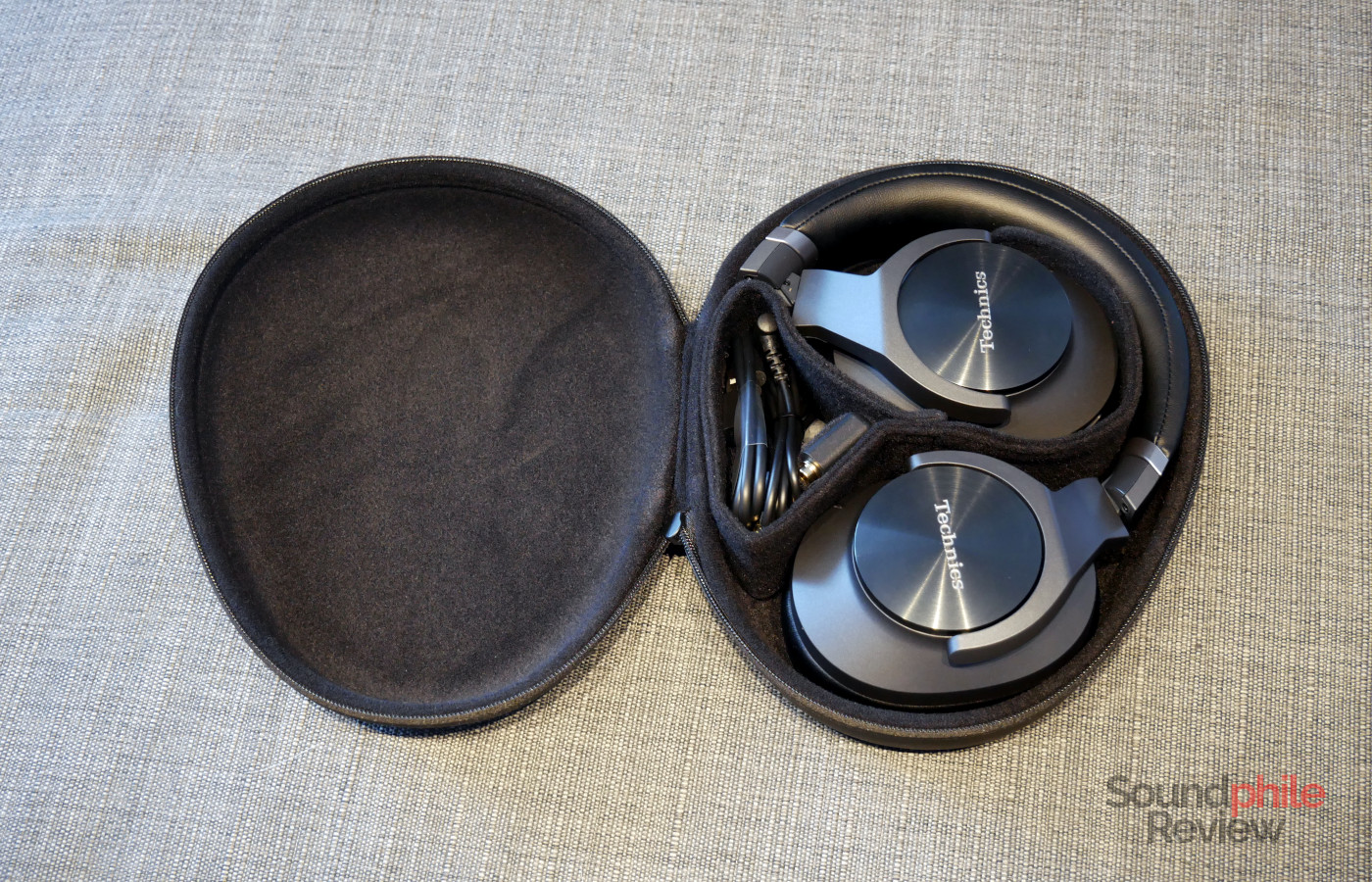
As they are on loan, I only received the headphones without their packaging. The Technics EAH-A800 come in a hard carrying case which contains a USB-C to USB cable, a 3.5 mm to 3.5 mm cable as well as an aeroplane adaptor. The case itself is quite peculiar, because it has an egg-like shape; it’s relatively small and easily fits even in small backpacks.
Design & Comfort
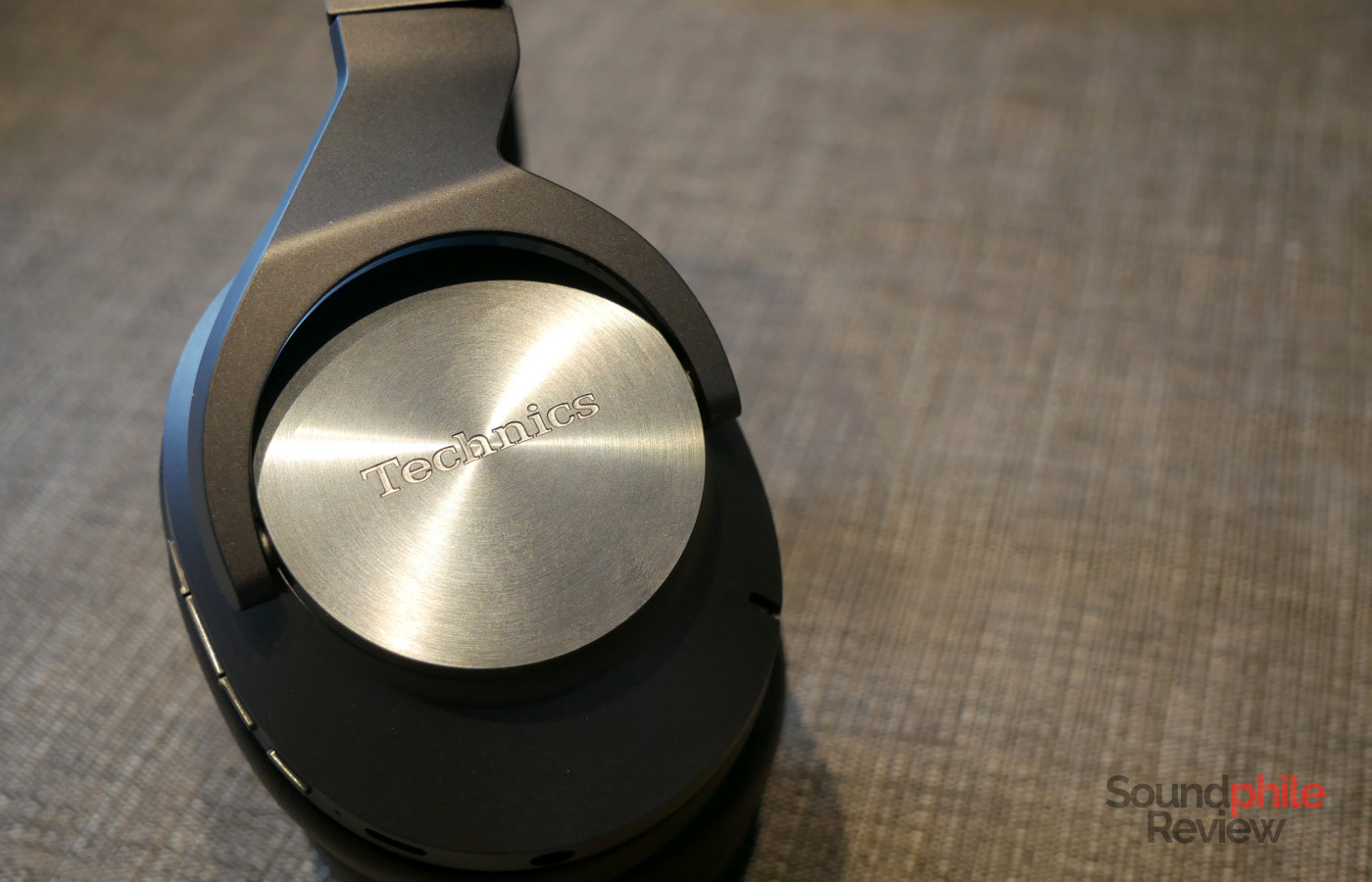
The Technics EAH-A800 are quite “classic” in their shape and general design, in the sense that they have a thick headband and a C-shaped gimbal – not quite like the newer top-of-the-line ANC headphones by Sony and Bose, who opted for a much sleeker appearance. That’s not to say they look bad – quite the contrary, in fact, as the headphones manage to be quite elegant and modern-looking. The back of the earcups is made with a disc of solid metal, with reflections that look like those you see on a CD. The combination of silver and dark grey make the EAH-A800 quite elegant, too.
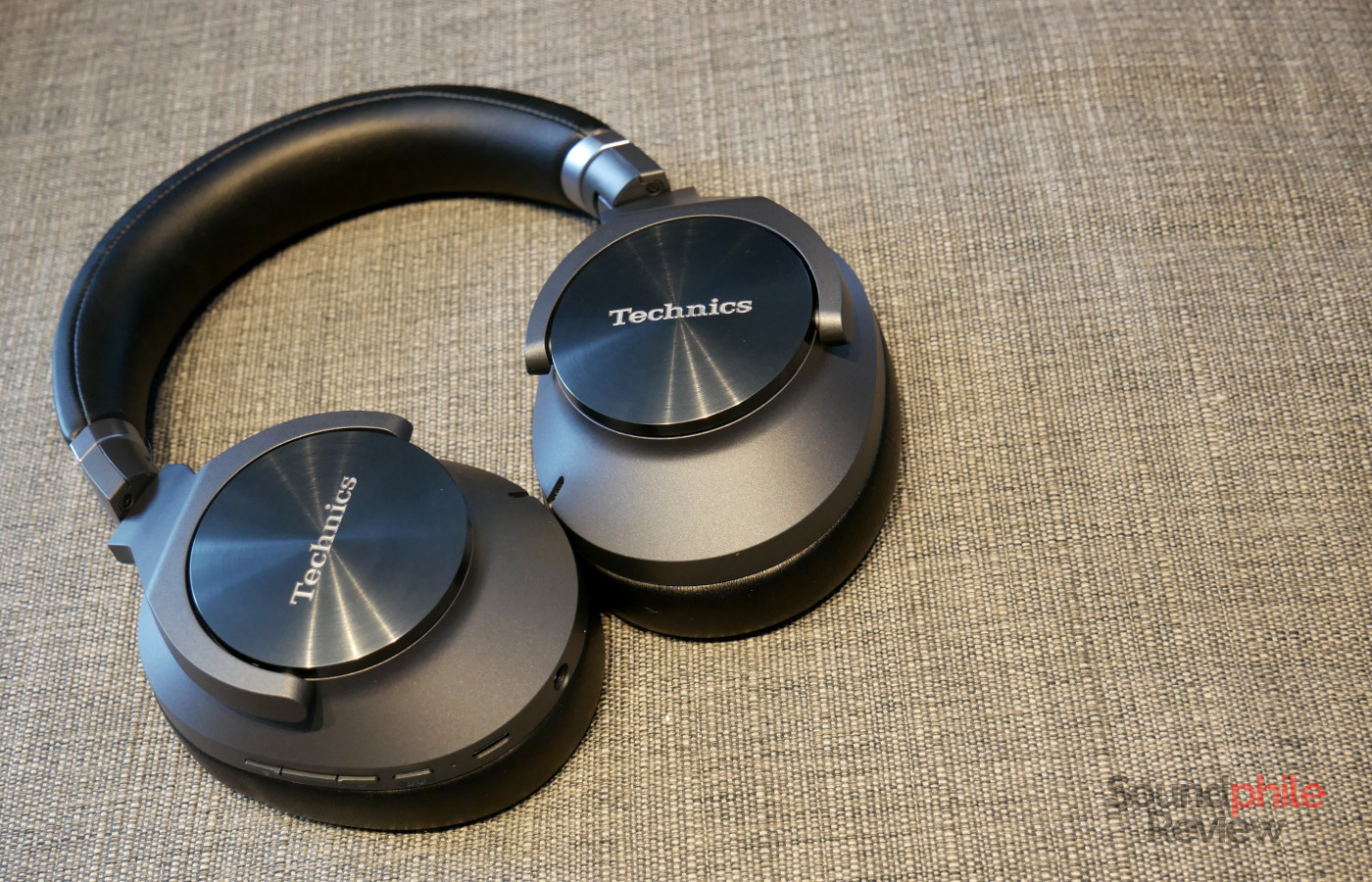
Build quality is quite high and the headphones look and feel like a premium product. There’s no creaking at all and the materials used appear to be of good quality.
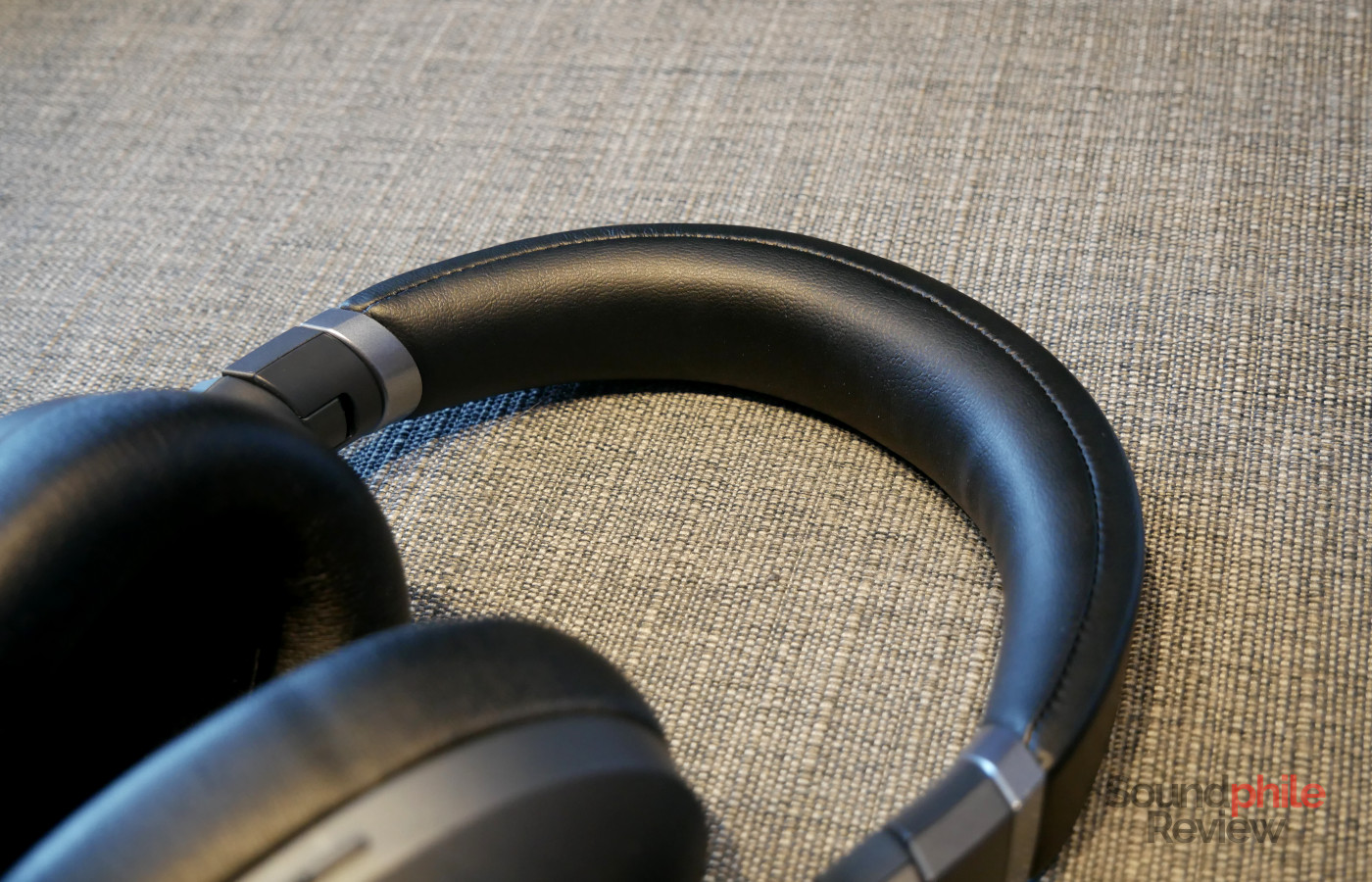
The padding on both the headband and the earcups is made of memory foam, which proves really comfortable and adapts perfectly well to glasses – a real welcome change, considering glasses are often a cause of discomfort. The overall level of comfort, though, is not especially high; I can wear the EAH-A800 for a couple of hours, but I need to adjust their position frequently in order to avoid building too much pressure on a single area. People with a scalp that’s not as sensitive as mine will probably enjoy longer listening sessions without any fatigue, though, so bear in mind that comfort is an extremely personal matter.
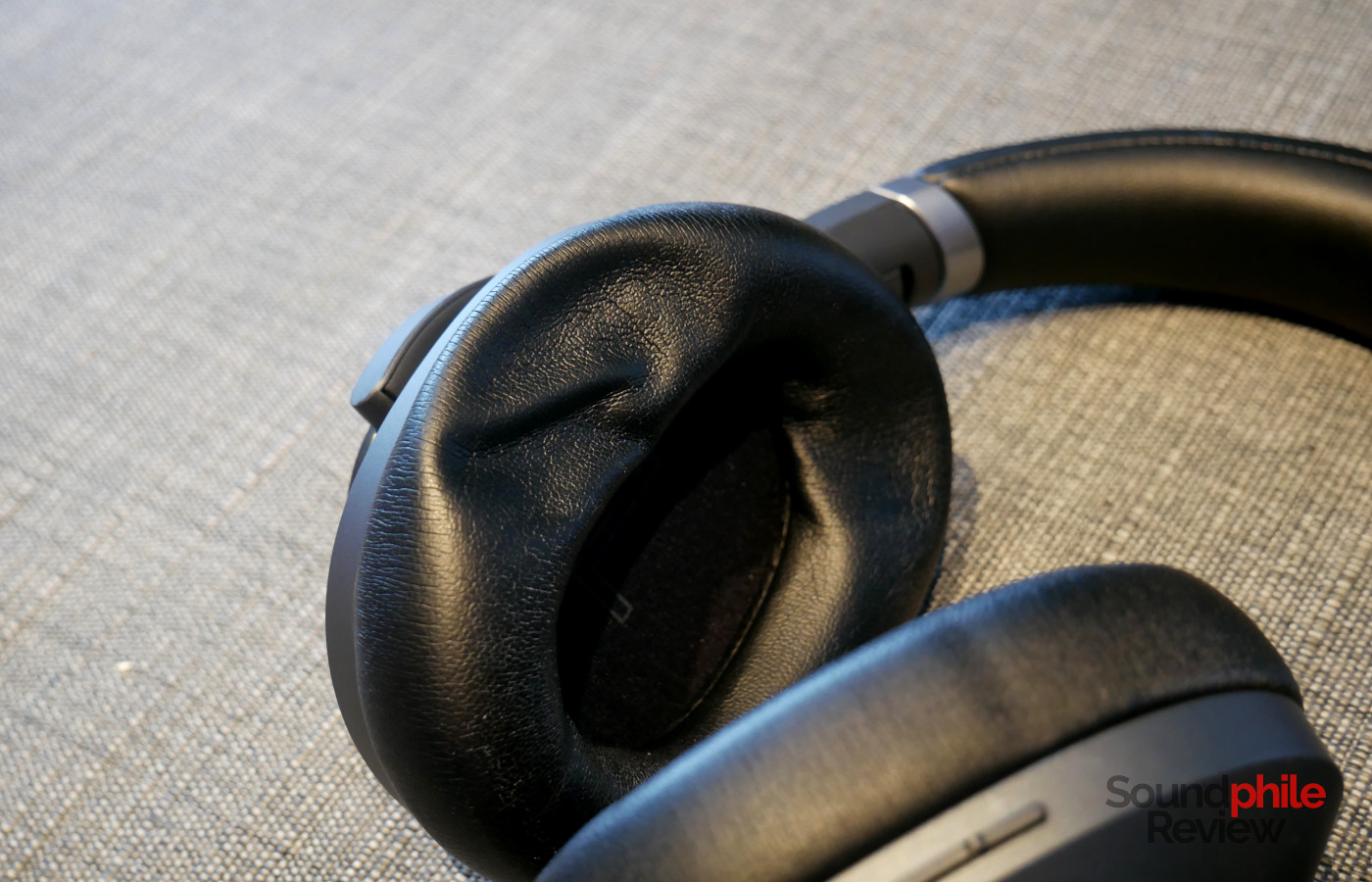
Passive isolation is average and only helps reducing noise by a tiny bit; it is more effective with the lower frequencies, which means voices and other sounds in the middle and high regions are not reduced by much. This, coupled with the further reduction brought by the ANC, makes these sounds stand out even more. The overall result, then, is not quite great; Technics should probably place more attention to isolation in a future model.
Extra Features & Battery Life
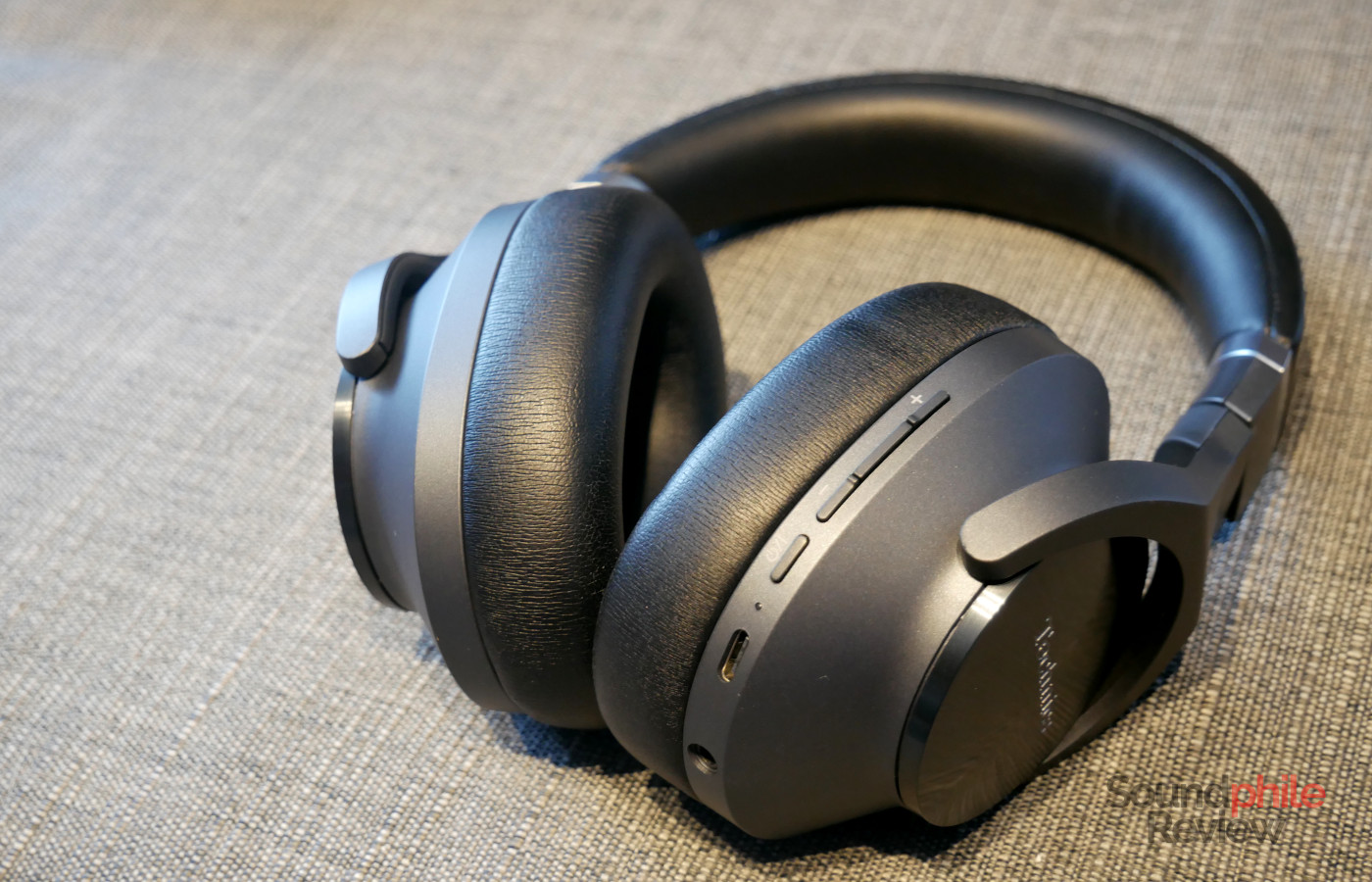
The Technics EAH-A800 offer compatibility with the Bluetooth 5.2 standard, coupled with the SBC, AAC and LDAC codecs. The connection is strong and stable, and I haven’t experienced any interruptions or stuttering while using the headphones, even when walking around the house while having them connected to my PC.
The control scheme is a bit weird in that it is a mixture of physical and touch controls: ANC is enabled by tapping two times on the earcup on the right hand side (you can cycle between ANC and ambient mode); the physical buttons allow you to adjust the volume and to play/puse music or answer/end calls. This mix works decently well, but is unexpected. The touch controls have to be enabled through the application.
The ANC feature on the Technics EAH-A800 is very good. It is so good I can wear the headphones while there’s music playing from the speakers on my desk, 50 cm away from me, and it just disappears into a barely-audible whisper. They really are great at cancelling noise. There are limitations with that, as sounds in the midrange and treble areas are cancelled way less than the lows (the laws of physics still apply, after all), so sounds like people talking, PA announcements or the noise made by the subway trains or cars passing by are still quite audible. Overall it still stands out for its effectiveness and it does compete effectively with the market leaders. Considering they are Technics’ first attempt at ANC headphones, I am quite impressed with the result. The one thing I don’t especially appreciate is that there’s a constant hiss, the volume of which is high enough to be clearly audible even with music playing.
Battery life is impressive, as you can get up to 50 hours of music reproduction out of a single charge – we’re looking at a full week of usage here. One negative thing, however, is that the headphones appear to have no automatic power off mechanism, so if you forget to turn them off they will just keep on looking for a device to pair with. I noticed this because I forgot to turn them off one evening, and the next morning they were still powered on and actively looking for a device to pair with. In this day and age, this is a major issue – devices are expected to be smart enough to power themselves off if you’re not using them.
Sound & Specs
I have mostly used the Technics EAH-A800 with my computer, using the LDAC codec.
Technics EAH-A800 |
| Frequency response | 4 – 40,000 Hz |
| Impedance | 34 Ω |
| Sensitivity | 105 dB |
| Bluetooth version | 5.2 |
| Codecs | SBC, AAC |
Although they are aimed at the mass market, I was expecting the EAH-A800 to have a more curated, neutral sound profile. Instead, they are just one of the umpteen headphones with a V-shaped signature – one which is not even delivered especially well, in my opinion.
Bass is quite invasive and often becomes boomy and muddy, leaking over the mids and making them less audible and coherent. Even in tracks where there’s not much bass, like Birkin Tree’s A sad night, you can constantly hear its thumping. It’s exaggerated, so much so that not only is the tonality very dark overall, but the timbre of the music itself is affected to become less realistic. Acoustic guitars, as an example, are way too bassy – and I say this having played guitars for years – so you can imagine how everything else is shifted to lower, darker tones. Male voices frequently become baritone (fun linguistic fact I discovered: there’s no adjective such as “baritonal” in the English language, contrarily to what I expected…), which does have its raison d’etre with tracks such as Empyrium’s Where at night the wood grouse plays but is generally undesirable, while female voices lack that spark and liveliness that would derive from a bigger presence in the middle region. Funnily enough, though, the sibilants and plosives are quite emphasised (as you can hear in the aforementioned Empyrium track), as there’s probably a bump at the intersection between mids and treble. That would also explain why most tracks become fatiguing after a while. In general, I find the sound to be quite hollow and muddied, almost reverberating, as if music were playing inside a box. That also doesn’t favour the reproduction of transients, which are quite slow and with a long decay that further adds to the sensation of muddiness and boxiness.
In Massive Attack’s Angel you can hear that bass gets quite deep, but when it does so it loses its ability to deliver detail and the bass lines in that track become a monotone amalgam in which distinguishing anything is difficult. Treble, on the other hand, becomes quite aggressive and cymbals are front and centre, which is not always desirable and often becomes fatiguing. In general, the level of detail throughout the spectrum is not exactly that which one would expect from premium headphones and is, in fact, overall limited. Soundstage is quite small in both width and depth, but imaging is actually quite good and places instruments with very good accuracy on the stage. Instrument separation is the more problematic area, as it is often insufficient and never creates “space” between instruments – it’s hard to pick one and follow it on its own.
Final Thoughts
I’ll be blunt: I expected much more from headphones sold under the Technics brand. The EAH-A800 are great from the perspective of features, with an ANC implementation that rivals market leaders, but in terms of sheer sound quality they could very well be a sub-$100 model made by an obscure Chinese manufacturer. It’s not just that the tonality sounds wrong, with bass that is too preponderant; it’s that this tuning makes it very difficult to hear anything but the bass. It just covers everything, but most importantly it’s loose, muddy, with low details. So it is a matter of quality, not just (nor only) of quantity. It’s just not the sound that I expect from a manufacturer of high-end equipment, nor from headphones that position themselves at the very high end of the mainstream market. Let’s not forget that the audiophile market is now well into the thousands with its definition of “high end”, but the wider mainstream market is still limited at less than $500, so the EAH-A800 target the top of that. And they just don’t belong there when it comes to sound quality. The 1More SonoFlow, at a third of the price, sound better and offer comparable features.
I would just skip the Technics EAH-A800 and wait for their successor, hoping that they will fix the issues that affect the current model. Or, more realistically, I would buy something else.

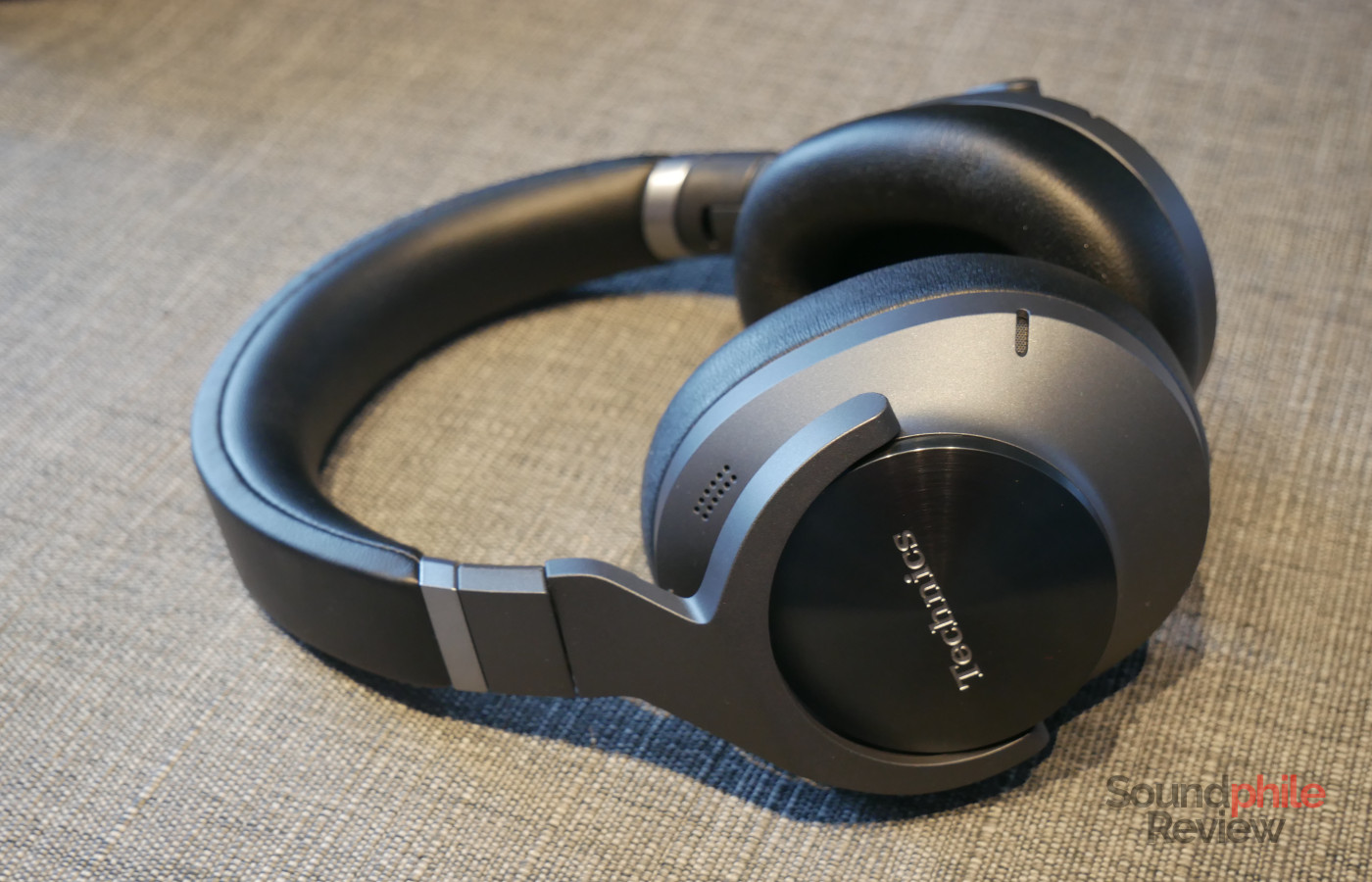
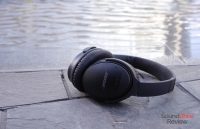
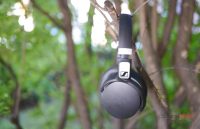
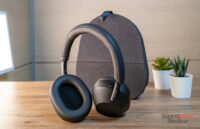


” In general, I find the sound to be quite hollow and muddied, almost reverberating, as if music were playing inside a box.”
100% agree from me. I have the headphones on my head right now and have exactly the same impression.
Thamks for your review!
Thanks to you for your comment! Happy holidays!
I own them and find them balanced. I don’t agree with this review. They are reasonably good, bit expensive . You have an app , and You can adjust there the sound. You said nothing about app. Indeed, by default they tend to have bass in excess. But from the app, You can jog a lot.
Hello,
You probably find them balanced because you equalised them. The problem is that I can only judge headphones in their default state, otherwise basically all of them could be great as you can, in fact, always equalise them so that they’re good. It’s like saying that a Volkswagen Golf is as good as a Ferrari once you tune it: while that may be true, you have to judge it in the state it comes out of the factory, otherwise you could always tune the Ferrari to make it even better and that would change (once again) the perspective.
This review grossly overstates any issues sonically with the EAH-800s. They have many virtues, and while they may be slightly bass-biased, not in comparison to every other headphone manufacturer including the likes of B&W. At any rate, tastes may vary. Plus, the author correctly notes that the quality is excellent.
By their nature , and default settings, they are biased on bass ( because everyone likes excessive bass). Their app sets them on FLAT, like a sort of defeat, making them balanced. I heard both Sony and B&W and JBL , and, classical music is a disaster on the three ! Technics has the best rendering at low volume.
Their app ( which I find bit difficult and basic btw, to be honest I kind of do not like it) is the only “sound eq” i use. I use them on phone. BTW, phones may sound different ! really different ! I do not use them on laptop, BUT tried them wired on an old technics…it is a pleasure to listen to them like this…but in this case that is a HI-FI amp ( model is SU-V6 from 1983 if it matters with a Technics SL-q2 TT, a sony BDP and a Samsung TV, Technics SB-7000 speakers, vintage except TV and BDP ). The ANC is quite good, not the most deep, but is ok for me, battery lasts that you forget to charge them, automatic shut down can be set from the app.
Using them without their app makes them dull. I had, for example , by default the loudness ON. To be Honest, I do not like Sony. To much bass off set and classical music sounds plastic. Between Technics and Sony and BW and JBL you wil make a difference in the favour of Technics mainly for classical music. For modern music ( syntethised, processed like today, remakes, etc) most will sound the same…crap. For POP and Rock, all of them are good.
Bought them for about $200 usd, am enjoying them a lot and recommend them.
Where at for $200?
I don’t know what were the headphones compared against. But, having owned Sonies WH1000xm3 and xm4 for 5 years and daily driving the Technics EAH-A800 (with the default eq settings) for about 6 months now I confidently say that the sound is richer with more details than the sonies. It is on warmer side but the bass is not muddy nor artificial as in the sonies.
I had the chance to test them against the audio-technica ath-m50xBT and honestly these sound better and are way more comfortable. I should also mention that at home I use the Beyerdynamic DT770 pro (250ohm) which sound better in almost every way than EAH-A800 but I wouldn’t justify such a comparison as the use-case is different.